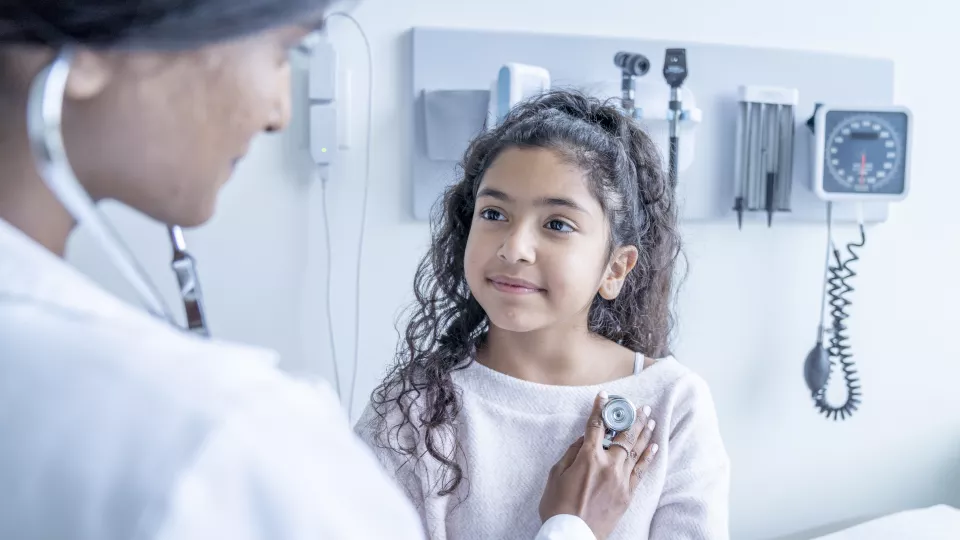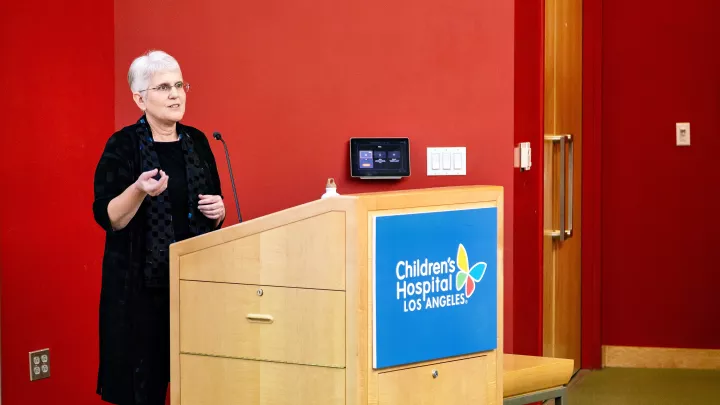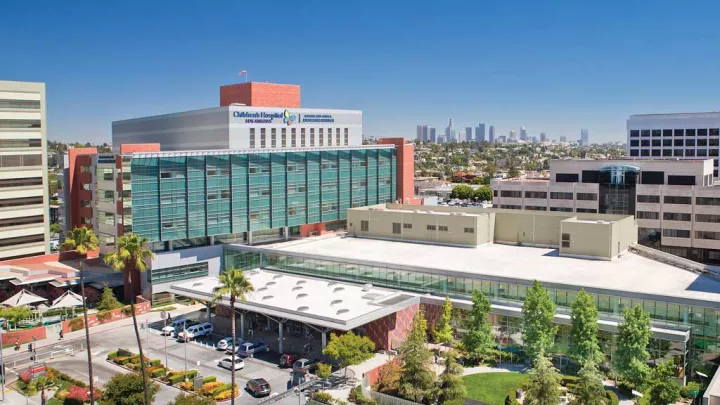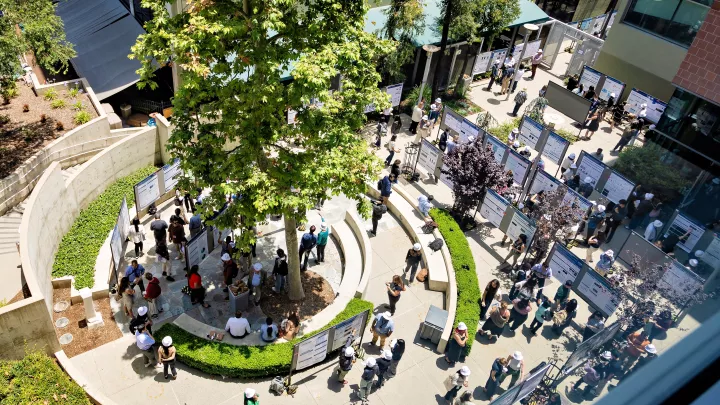
All Patients Who Had MIS-C Should Have Their Hearts Checked, New Study Shows
At the start of the pandemic, it appeared that children were less affected by the coronavirus. Then the numbers of kids with COVID-19 increased. Some of these patients had an especially severe response to the virus—developing a then-undescribed condition with a fever of unclear origin and a constellation of symptoms that included inflammation of organs, often the heart. The clinical course varied, with some patients having relatively mild symptoms and others experiencing conditions similar to toxic shock or cytokine storm—requiring admittance to the pediatric intensive care unit.
Pediatric centers across the world began reporting similar experiences. This new disease entity, developing as a result of COVID-19 infection, was called MIS-C. Now several years after the start of the pandemic, investigators are working to characterize any residual effects of MIS-C. In a recent study published in the journal Pediatrics, investigators at Children’s Hospital Los Angeles found some degree of heart damage in many patients treated for MIS-C.

“We were surprised to see that many patients had some sign of cardiac pathology, so we recommend that all patients who had MIS-C receive a cardiac follow-up evaluation,” says Jackie Szmuszkovicz, MD, a pediatric cardiologist at CHLA, Medical Director of the Kawasaki Disease Program and co-senior author on the study. “The extent of cardiac abnormalities varies, with some changes being quite subtle. Whether these changes are transient or permanent is still unknown. However, if the damage is permanent, these kids are potentially at lifelong risk of early heart disease. It is important to know now so that steps can be taken to help mitigate that risk.”
Sixty-nine patients returned to CHLA for at least one follow-up cardiac study and were included in the analysis. Overall, muscle contractions of the heart appeared normal. Cardiac health was assessed further using three measures to detect more subtle change:
- Cardiac MRI—to provide information about the health of the heart muscle, such as the presence of inflammation and scar tissue, and how well it is functioning
- Ambulatory heart rhythm—to check for arrhythmias by continuous heart monitoring
- Cardiopulmonary exercise stress testing—to determine the health of the heart and lungs and the child’s ability to exercise to their maximum potential
“At Children’s Hospital Los Angeles, we care for probably one of the largest populations of MIS-C patients in the country,” says Andrew Cheng, MD, a pediatric cardiologist at CHLA and co-senior author on the study. “We felt like we needed to really find out how these kids were doing before they got an ‘all clear.’”

The most common finding was an abnormal MRI measurement of the health of the heart muscle. The investigators suggest further follow-up is needed to determine if this is from inflammation or if there is permanent damage, like scarring. Nine percent of patients had a documented arrhythmia. This change in the normal heart rhythm could be transient or may be a result of damage to the heart that could predispose the child to having an abnormal heart rhythm and the health consequences of this condition.
Using exercise stress testing, the investigators saw a number of children who had lower than expected exercise capacity. However, this finding was complicated by the fact that children became sedentary during the pandemic, which may have also impacted their exercise capacity. Overall, the testing showed that subclinical cardiac effects were seen in many patients who had been treated for MIS-C.
“We recommend that all children who were treated for MIS-C visit a pediatric cardiologist and have a full evaluation before they get an ‘all clear,’” says Dr. Cheng.


